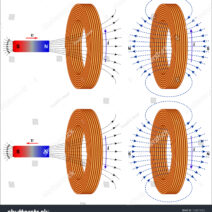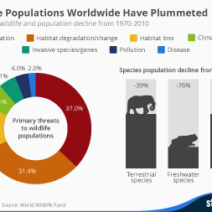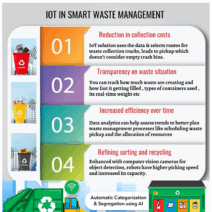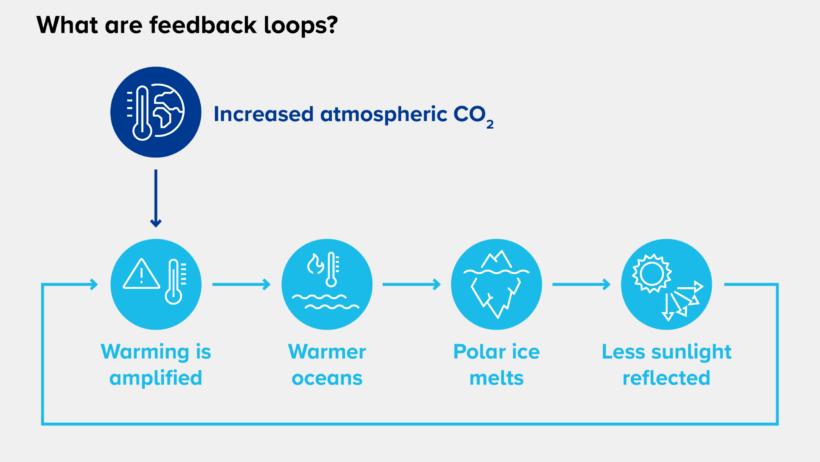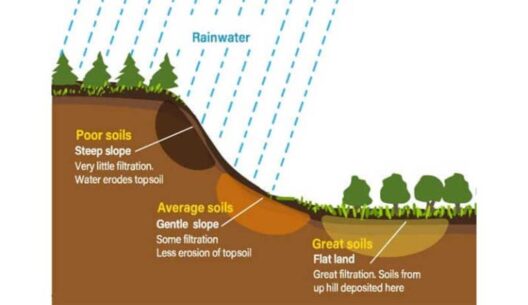Climate feedback loops constitute a complex and compelling phenomenon within the larger context of global warming. These mechanisms can either exacerbate the ongoing climate crisis or, conversely, offer potential avenues for mitigation. The intricacies of these loops provoke significant curiosity, challenging our understanding of climate dynamics and underscoring the urgency of effective climate action.
At its core, a climate feedback loop refers to a process where a change in the climate system induces effects that either amplify or diminish that initial change. These loops exist across multiple climatic domains, integrating biological, chemical, and physical processes. Such interactions can create a domino effect, engendering changes that reverberate throughout the Earth’s system. Captivatingly, the outcomes depend heavily on the nature of the feedback involved, leading to divergent trajectories for our planet’s climate.
One of the most notorious feedback loops is the ice-albedo effect. This phenomenon occurs when ice and snow, which reflect a substantial portion of incoming solar radiation, begin to melt. As temperatures rise, ice cover diminishes, revealing darker ocean or land surfaces that absorb more heat. Consequently, this absorption leads to further warming, which accelerates ice melt—a vicious cycle with profound implications for global temperature rise. As polar areas continue to lose ice, the ramifications extend far beyond the Arctic; they influence global weather patterns and sea levels, affecting ecosystems and human settlements alike.
Another pronounced feedback loop arises from the release of methane from thawing permafrost. Methane, a potent greenhouse gas, has a significantly higher warming potential than carbon dioxide over shorter timeframes. As global temperatures escalate, permafrost—organic material that has remained frozen for millennia—begins to thaw. This thawing process results in the release of trapped methane, which in turn exacerbates warming. Notably, this feedback mechanism has the potential to unleash vast quantities of methane, potentially leading to runaway climate scenarios if significant portions of permafrost are compromised.
Interestingly, not all feedback loops propel warming. Some may function as regulatory mechanisms. For instance, increased vegetation in certain regions can enhance carbon sequestration. As CO2 levels rise, plants may grow more vigorously, drawing down carbon from the atmosphere. In this regard, the vegetation acts as a mitigating feedback loop, promoting a temporary reduction in atmospheric CO2 concentrations. Nevertheless, such beneficial effects can be transitory; if other climatic shifts, such as prolonged droughts or wildfires, occur, they can negate these advantages rapidly.
In addition to terrestrial feedback mechanisms, oceanic processes also play a crucial role in climate feedback loops. Oceans are instrumental in absorbing CO2 and heat from the atmosphere, yet they reach tipping points where their ability to mitigate warming diminishes. For instance, warmer sea surface temperatures can lead to coral bleaching, which decimates marine biodiversity and declines in the ability of oceans to sequester carbon. Moreover, altered ocean currents induced by melting polar ice have profound implications for global weather patterns, influencing everything from monsoon cycles to storm intensity.
The feedback loops mentioned thus far highlight a broader narrative: the profound interconnectedness of Earth’s systems. This interrelation is emblematic of ecological and climatic interdependencies that underscore the importance of a holistic perspective on climate policy. Isolated approaches to climate mitigation—focusing solely on reducing carbon emissions—may fail to address the cascading effects that feedback loops generate. A systems-thinking approach considers how interventions in one area could induce unforeseen consequences in another, fostering a more comprehensive and effective climate strategy.
Furthermore, the socio-economic dimensions intertwine intricately with these scientific mechanisms. Communities that are most vulnerable to the impacts of climate feedback loops often lack the resources needed to adapt. Climate justice advocates emphasize that those least responsible for greenhouse gas emissions bear the brunt of climate consequences, positioning the discussion of feedback loops within a larger context of equity and responsibility. Recognizing these discrepancies is vital for fostering inclusive dialogue concerning climate solutions.
Amidst the complexity, there is a glimmer of hope. The potential to alter the trajectory of these feedback loops lies within our collective actions. Ambitious international agreements aimed at reducing global emissions present a pathway to mitigate the most egregious feedback processes. Innovations in renewable energy, sustainable agricultural practices, and regenerative land management can fundamentally shift the dynamics of climate change. Investing in research that enhances our understanding of feedback loops will empower us to act decisively and adaptively in the face of changing climatic realities.
In summation, the delicate interplay of climate feedback loops illustrates the multifaceted nature of global warming. While some loops accelerate the warming process, others retain the potential to help mitigate its effects. Unraveling these complexities is not merely an academic pursuit; it has profound implications for policy, environmental justice, and the collective trajectory of global climate action. By fostering awareness and encouraging proactive adaptations, society can engage in a transformational dialogue that prioritizes sustainable living and equity. The time to recalibrate our understanding and actions concerning climate feedback loops is now—a clarion call for both introspection and innovation as we navigate the tangled web of our climatic future.
